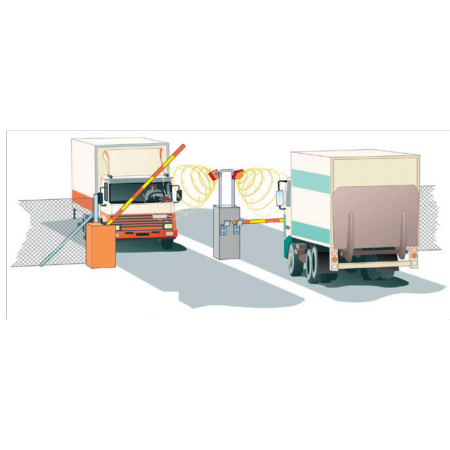RFID Weighbridge Automation
RFID weighbridge automation refers to the integration of RFID (Radio Frequency Identification) technology with weighbridge systems to automate the process of weighing and tracking vehicles and their loads. RFID tags are attached to vehicles or loads, allowing for automatic identification and data capture as they pass through the weighbridge.
RFID weighbridge automation refers to the integration of RFID (Radio Frequency Identification) technology with weighbridge systems to automate the process of weighing and tracking vehicles and their loads. RFID tags are attached to vehicles or loads, allowing for automatic identification and data capture as they pass through the weighbridge.
By automating the process with RFID technology, weighbridge operations can be streamlined, reducing the potential for errors and increasing efficiency. This can also improve data accuracy and help with inventory management and tracking.
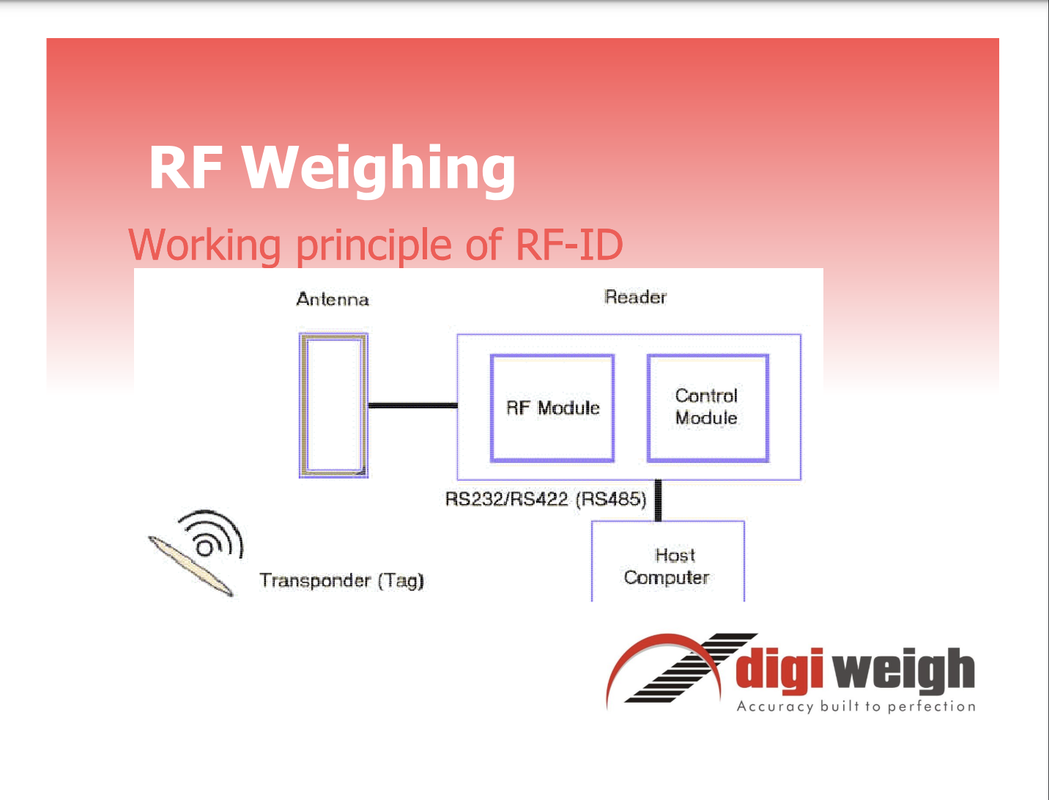
Benefits of RFID Weighbridge Systems
Benefits of RFID weighbridge systems include improved efficiency, accuracy, and security in weighing and tracking operations. It can also help in reducing manual errors and providing real-time tracking and monitoring of vehicles and materials. Radio frequency identification (RF-ID) technology uses wireless radio communications to uniquely identify objects or people, and is one of the fastest growing automatic data collection (ADC) technologies. RF-ID creates an automatic way to collect information about a product, place, time or transaction quickly, easily and without human error. It provides a contactless data link, without need for line of sight, for example articles inside a cardboard box, or concerns about harsh or dirty environments that restrict other auto ID technologies such as bar codes.
In addition, RF-ID is more than just an ID code, it can be used as a data carrier, with information being written and updated to the tag on the fly. In a RF-ID system there are number of components included other than tags, hand held or stationary readers, antennas, and system software. A reader comprises of a transmitter, receiver, control module and communication functions, sometimes called a transceiver in radio terms for it to link to a controlling PC. The transponders or tags are used to identify objects, which can be uniquely programmed with information about the objects. Readers should have an attached antenna, which is used to transmit and receive the radio frequency signal. Each reader is accompanied with PC compatible software.
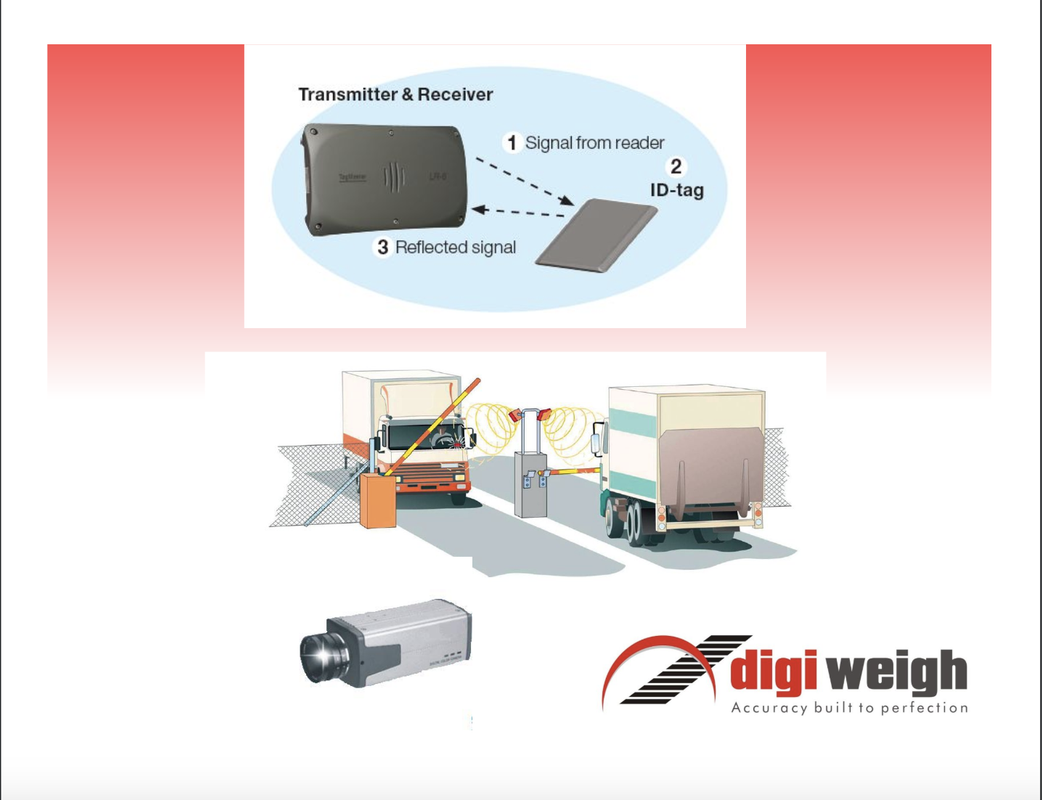

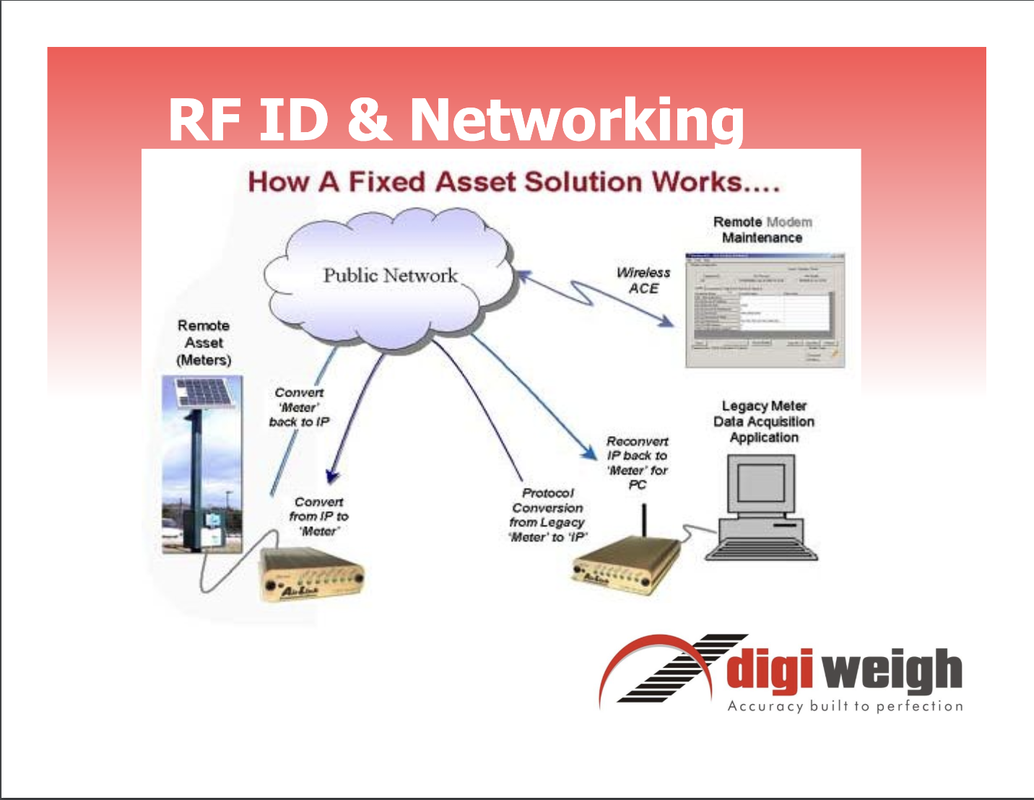
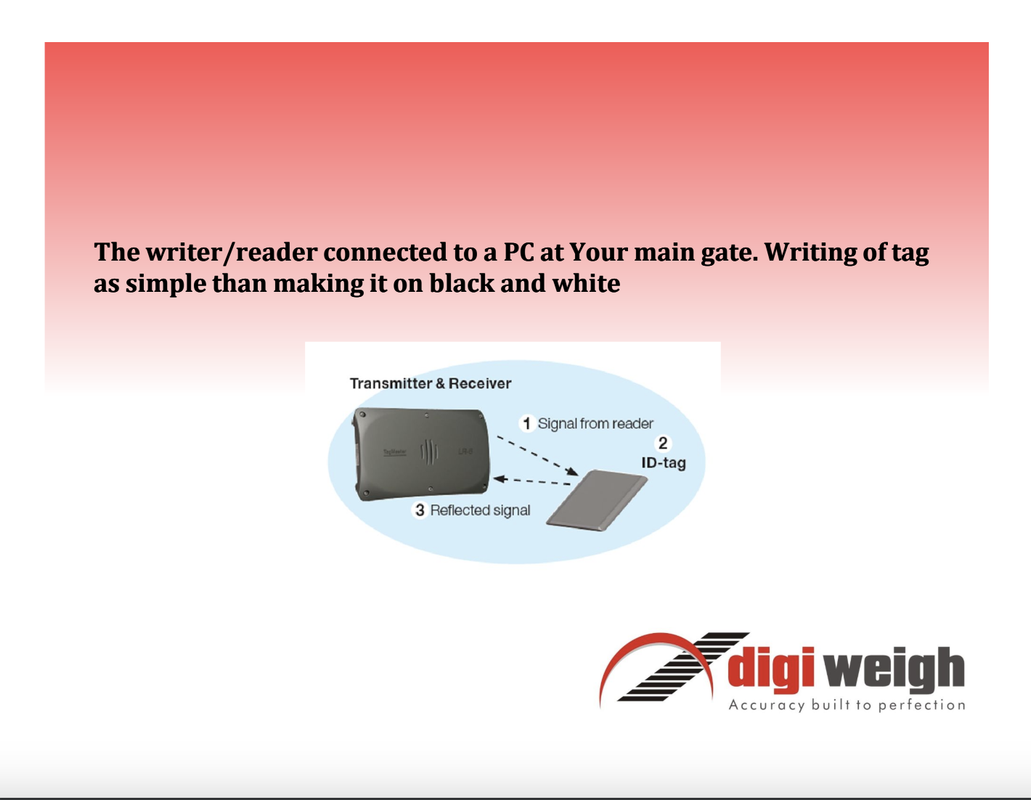
RFID Applicable in
- Toll Roads
- Vehicle Identification
- Weighing
- Athletic Event Management
- Automotive Antitheft
- Container Tracking
- Electronic Article Surveillance (EAS)
- Gas Cylinder Tracking
- Luggage Tag
- Product Identification
- Raw Material Inventory Control
- Ski Industry
- Time & Attendance
- Asset Management

